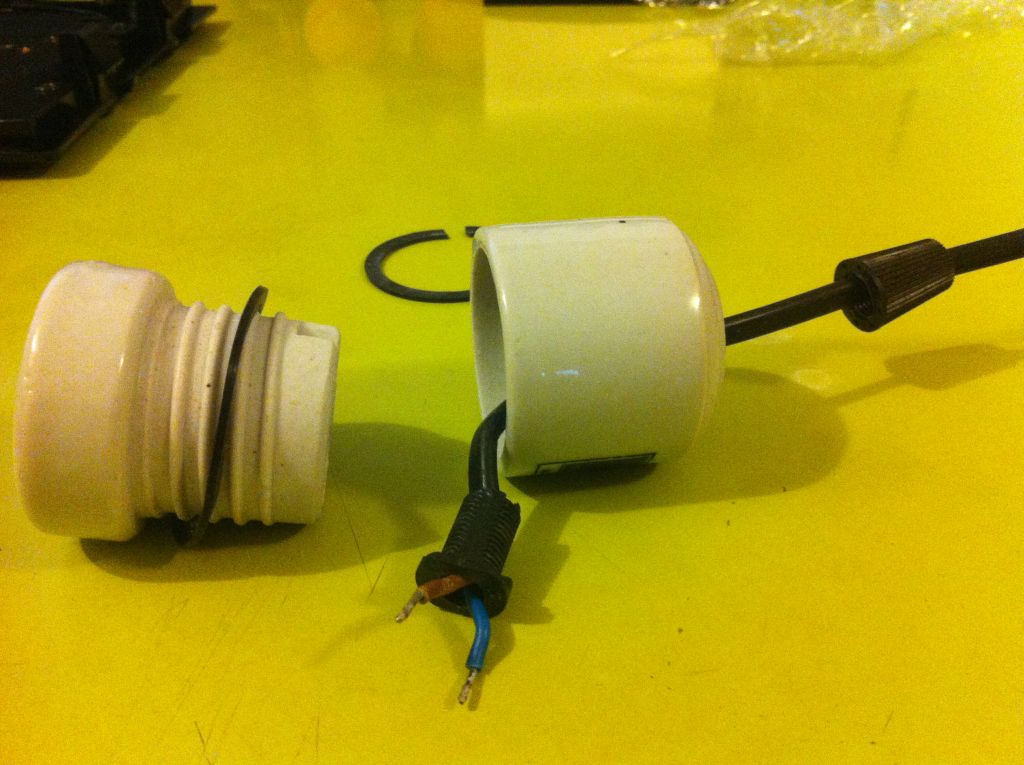B
B_STATS
Guest
Okay so I have two ceramic heat light fixtures that are attached through holes in the roof of the enclosure. Problem is I've never installed them before and I think I've put the first one in wrong. As you can see from the pics I've screwed it in on the outside allowing for very little of the fixture to sit inside the enclosure. I'm thinking I did the old 50/50 guess and got it wrong as usual. Reckon if I screwed it in from the inside then more of the cage would have been filled and the light would hang lower. I put a globe in so you can see how high it sits. This is my first enclosure build and like always in my life I am learning my lessons the hard way.















